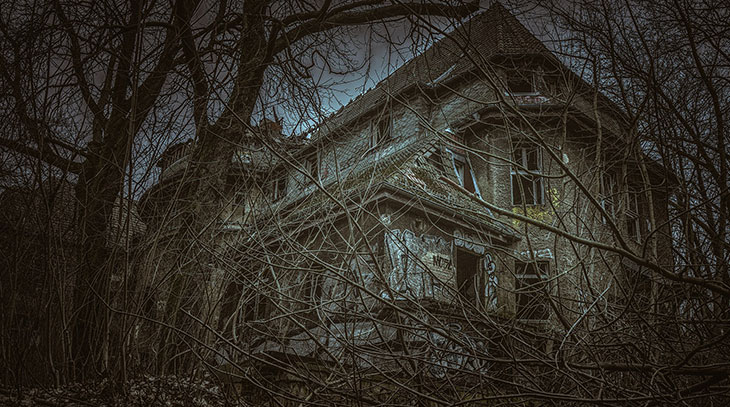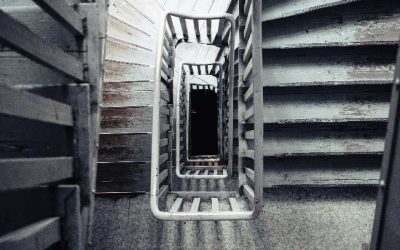There’s something fascinating about old buildings. They’re a relic from the past, a self-contained environment that’s separate from the outside world. For a writer, they’re a fantastic opportunity, which is why old and abandoned structures feature, in one form or another, in most of my novels. Whether it’s a run-down farmhouse in France, a rusting sea fort off the Essex coast or a crumbling sanitorium in the Smoky Mountains, they’re an effective way of creating mood and atmosphere, of imbuing a scene with a subtle sense of menace.
A large part of my latest novel, The Scent of Death, takes place in St Jude’s, an abandoned hospital in North London. The narrator, forensic anthropologist David Hunter, is called there to examine human remains found in the loft, but St Jude’s is more than just a backdrop to a murder. The derelict Victorian labyrinth is central to the story, so it was important to give it a real weight and presence of its own. I wanted readers to feel they could see it, to be able to smell the damp as Hunter walks along the empty corridors. That meant cherry-picking details from real hospitals, both functioning and abandoned, then using my imagination to remodel them into something new.
I’m hardly the first writer to tap into the gothic potential of bricks and mortar. Thornfield, the house in Charlotte Brontë’s Jane Eyre, echoes with night-time laughter, mysterious violence and the secret of a locked room. In the twentieth century, Shirley Jackson’s classic supernatural thriller The Haunting of Hill House made the eponymous house both the setting of the novel and a character in its own right. Stephen King followed suit with the Overlook Hotel in The Shining – still one of the scariest books I’ve read.
Buildings don’t have to be old to be sinister. In High Rise, J. G. Ballard set his fable of societal breakdown in a contemporary tower block, a Lord of the Flies with adults and modernist architecture. Whether it’s a Victorian pile or a concrete apartment block, these constructs are a reflection of who and what we are. That remains true whether they’re real or fictional.
This first appeared in The Big Issue North



